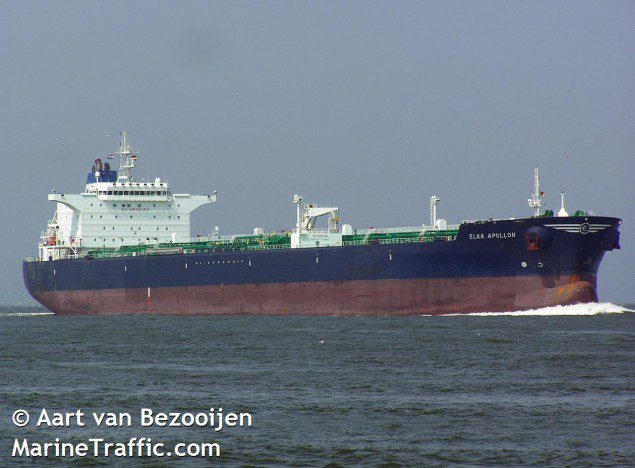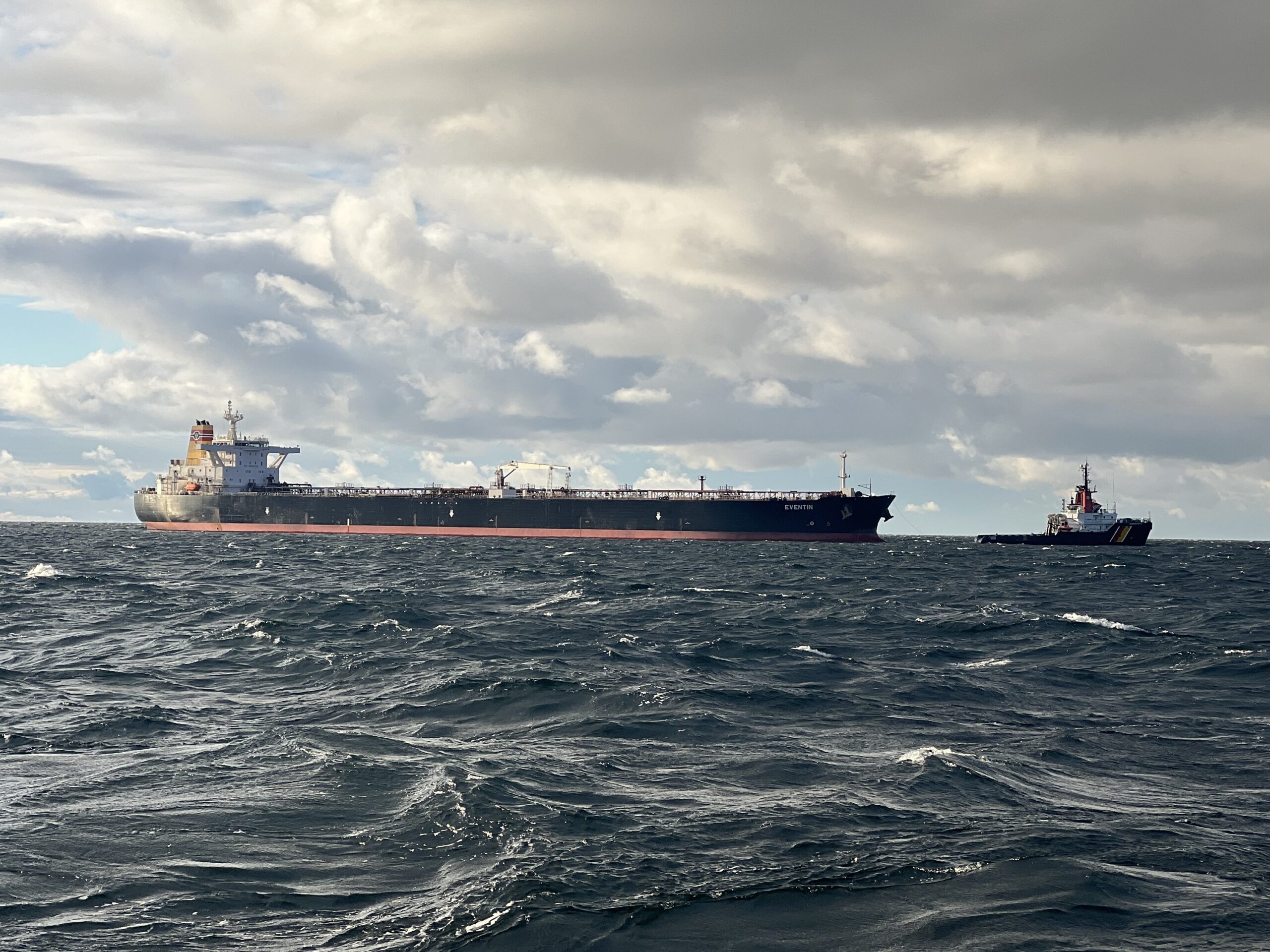WASHINGTON – The collision of a chemical tanker with a containership in the Houston Ship Channel in October 2011 was likely caused by the inappropriate response of the pilot of the Elka Apollon to changes in bank effect forces as the vessel transited the Bayport flare, causing the vessel to sheer across the channel and into the MSC Nederland, the National Transportation Safety Board said today. Contributing to the accident was the combination of the narrow waterway and traffic density at the time, which, when combined with the channel’s bank effects, increased the challenges in a waterway with a limited margin for error.
Based on its investigation, the NTSB recommended the Coast Guard develop and implement a policy to ensure adequate separation between vessels in two Coast Guard-designated precautionary areas of the Houston Ship Channel and in similarly configured locations. The two specific areas include the site of the current collision as well as another accident less than three months earlier. The NTSB also recommended that these precautionary areas be identified on Houston Ship Channel navigation charts so they are more readily identifiable to mariners.
“Our investigation highlighted safety issues on the Houston Ship Channel, one of the nation’s busiest and most challenging waterways, where the ships are large and the margin for error is small,” said Chairman Deborah A. P. Hersman.

The Greek-flagged chemical tanker Elka Apollon was traveling outbound in the Houston Ship Channel as the Panamanian-flagged containership MSC Nederland was inbound. The pilots on the two deep-draft oceangoing vessels agreed by radio to pass one another just south of the intersection of the Houston and Bayport Ship Channels. The pilot of the MSC Nederland had slowed to let the Elka Apollon pass before turning into the Bayport channel. As the ships were about to pass, the Elka Apollon pilot was unable to correct the ship’s path to prevent the vessel from crossing the channel and striking the MSC Nederland. There were no fatalities.
NTSB’s investigation of this accident, occurring in one of the busiest cargo tonnage ports in the United States and internationally, highlighted the significant challenges that pilots in the Houston Ship Channel face. The channel hosts many large vessels as well as towboats with barges transiting a relatively narrow waterway. Bank effect forces develop and interact with vessels as they proceed along the Houston channel. In addition, insufficient separation between vessels when they turn, pass and overtake one another near intersections can create unsafe situations.
“More active and precise monitoring of vessel traffic and guidance by the Coast Guard for mariners on this unique and challenging waterway could enhance safety,” said Chairman Hersman.
For a complete summary of the NTSB’s investigation of this accident, click HERE.

 Join The Club
Join The Club











